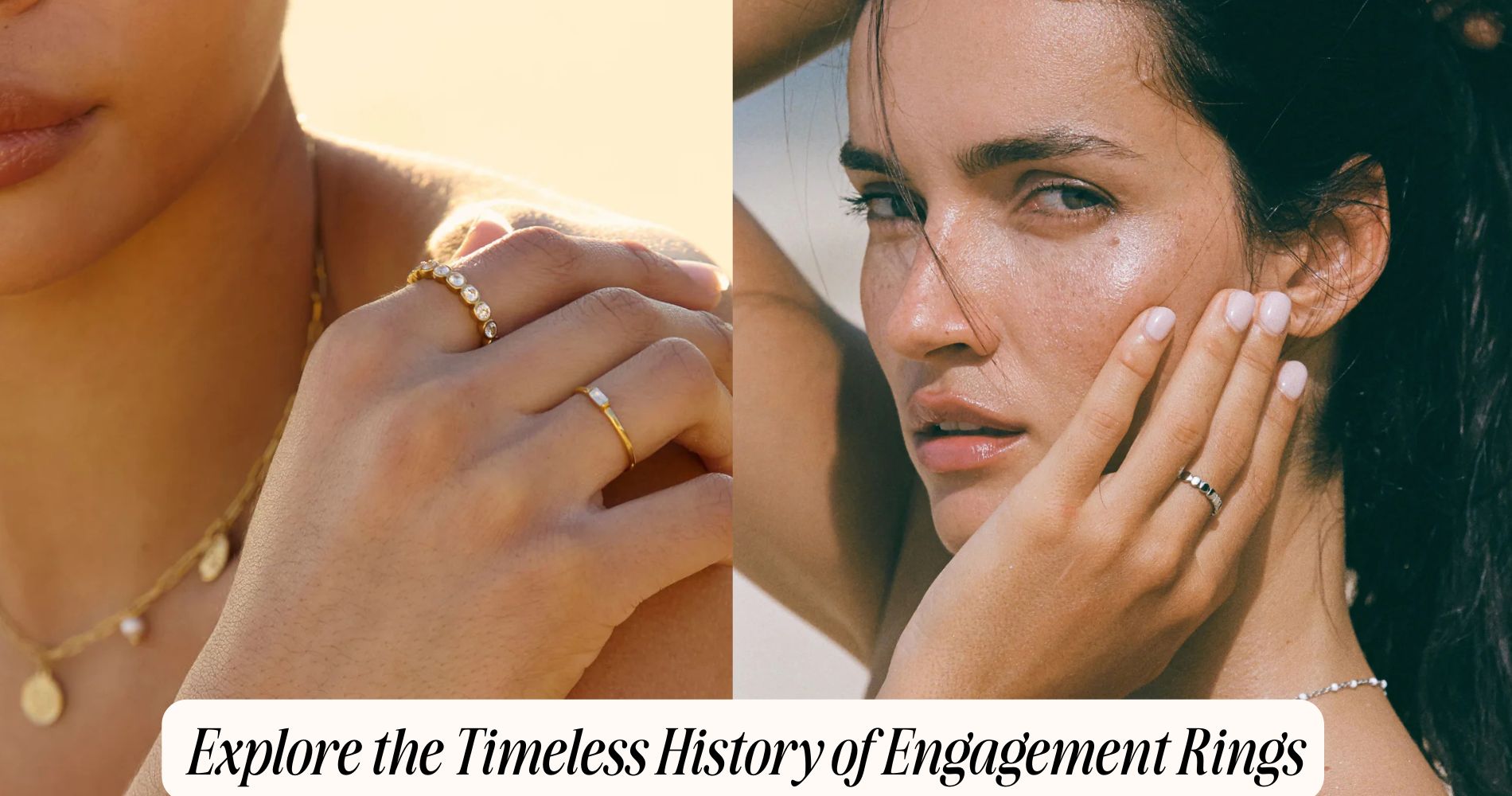
Explore the Timeless History of Engagement Rings
The history of engagement rings spans thousands of years, symbolizing love and commitment across various cultures. Ancient civilizations utilized gold and gemstones to convey value and virtue, while the Romans popularized ring exchanges as a public declaration of intent. During the medieval era, rings became essential in betrothal ceremonies, reflecting family wealth and alliances. The 15th century marked the introduction of diamonds, and today, modern trends emphasize unique designs and ethical sourcing. Each aspect of engagement rings tells a compelling story. Explore our waterproof rings for unique, durable options that blend tradition with modern innovation, and uncover even more layers of this enthralling tradition.
Ancient Roots of Engagement Rings
Engagement rings have deep, ancient roots that trace back thousands of years, revealing how cultures have symbolized love and commitment. These rings often employed ancient materials such as gold, silver, and various gemstones, each chosen for their betrothal significance. For instance, the use of gold represented wealth and permanence, while diamonds emerged later as a symbol of enduring love.
Historical craftsmanship played a crucial role in the creation of these rings, often involving intricate designs that reflected the societal norms and values of the time. Artisans would incorporate cultural symbolism, embedding meanings that resonated with the couple's heritage.
Ritual practices surrounding engagement often included the exchange of rings as a public declaration of intent, reinforcing the couple's commitment in front of family and friends.
As you explore the ancient roots of engagement rings, you'll discover how they served not just as personal tokens of love but also as representations of societal expectations. They marked a change in status, with each ring narrating a story of love intertwined with cultural beliefs and practices.
Understanding this history enriches your appreciation for the engagement ring's enduring significance today.
Symbolism in Ancient Cultures
Throughout ancient cultures, rings were imbued with profound symbolism that transcended mere ornamentation. Their cultural significance often reflected deep-rooted spiritual beliefs and ancient rituals, marking important life changes such as marriage. For instance, in many societies, rings were seen as a token of commitment, symbolizing unbreakable bonds between partners.
Historical artifacts reveal that these rings often contained precious stones, each representing various virtues—love, fidelity, and prosperity. As societal changes unfolded, so did the meaning of these rings, evolving alongside shifting gender roles. For women, rings became a symbol of status and loyalty, while for men, they often represented responsibility and protection.
Heirloom practices also played a crucial role; families passed down rings through generations, creating emotional connections that transcended time. These artifacts became embodiments of shared histories and familial legacies, deepening the significance of engagement rings beyond their physical beauty.
The Roman Influence
As the Roman Empire expanded, its cultural practices, including those surrounding marriage and engagement, greatly influenced societal norms across Europe. The Roman betrothal was a significant event that often involved the exchange of rings, symbolizing a commitment between partners. Unlike modern engagement rings, these rings were typically made of iron, signifying strength and permanence. This practice laid the groundwork for future wedding customs, as the Romans placed immense value on the sanctity of marriage.
During this period, the engagement process was formalized through rituals that emphasized the seriousness of the commitment. Families would often negotiate terms, reflecting the social and economic dimensions of marriage. The engagement ring served not just as a token of love but also as a declaration of intent, binding the couple in a public manner.
Roman wedding customs further evolved the significance of rings, with gold becoming the preferred material, symbolizing wealth and status. This change marked a shift towards the ornate styles we see today.
Understanding the Roman influence reveals how deeply entrenched these traditions are in our conception of engagement and marriage, echoing through centuries and cultures.
Medieval Traditions and Customs
During the medieval period, society's view of engagement and marriage underwent significant transformations, reflecting the era's complex social hierarchies and cultural values. The concept of courtly love emerged, influencing how relationships were perceived and celebrated. This idealized form of love often existed outside of traditional marriage, emphasizing emotional connection over mere transactions.
Betrothal ceremonies became a vital part of this evolving landscape. These events signified a formal commitment, often celebrated with feasts and gatherings that showcased the families' social standing. Engagement rings, though not as common as today, began to appear during these ceremonies, symbolizing the couple's promise to one another. Various materials were used, reflecting the family's wealth and status.
Interestingly, these customs also highlighted the importance of alliances between families, reinforcing social ties and property arrangements. The ring itself was often a simple band, serving more as a token of commitment than a lavish display of wealth.
As you explore these medieval traditions, you'll see how they laid the groundwork for modern engagement practices, blending love, duty, and social expectations into a rich tapestry of customs that still resonate today.
The Rise of Diamonds
You may be surprised to learn that the rise of diamonds in engagement rings can be traced back to the 15th century, marking a significant shift in both cultural and economic contexts.
Initially, diamonds were rare and reserved for the elite, symbolizing wealth and power. As diamond mining expanded, particularly in South Africa during the 19th century, these gems became more accessible, leading to their widespread adoption in engagement rings.
The De Beers company's marketing campaign in the early 20th century further solidified diamonds as the quintessential choice for engagements. Their famous slogan, "A Diamond is Forever," not only promoted diamond rings but also linked them with enduring love and commitment, which resonated with the public.
However, as you explore deeper into the rise of diamonds, ethical sourcing becomes an essential concern. The impact of unethical diamond mining practices, which often exploit labor and devastate environments, has prompted a growing demand for responsibly sourced diamonds.
Today, many consumers prioritize ethical sourcing, seeking conflict-free diamonds that guarantee fair treatment for workers and sustainable practices. This evolution reflects a broader understanding of love that values not just the gem but the values it represents.
Cultural Variations Worldwide
Engagement rings carry different meanings across cultures, reflecting unique societal values and traditions.
For instance, while Western cultures often emphasize diamonds as symbols of enduring love, other societies might prioritize the materials or designs that resonate with their heritage.
Symbolism in Different Cultures
Across the globe, the symbolism of engagement rings varies considerably, reflecting diverse cultural beliefs and traditions. In many cultures, engagement rings serve as potent engagement symbols that convey emotional connections between partners.
For example, in Western societies, diamond engagement rings have historical meanings tied to eternal love, while in some Eastern cultures, gold rings signify prosperity and stability, aligning with regional differences in marital customs.
Gemstone choices also play a significant role in these varying cultural significances. In India, for instance, colored gemstones aren't only favored for their beauty but are believed to bring good fortune, highlighting ritual practices associated with love representations.
Additionally, societal values shape how engagement rings are perceived. In some cultures, the ring represents a formal commitment, while in others, it may symbolize familial approval or social status.
These cultural nuances inform the emotional depth attached to engagement rings, illustrating how historical meanings resonate through generations. Ultimately, understanding these variations enriches your appreciation of engagement rings as artifacts of love that transcend borders and reflect unique cultural identities.
Unique Ring Traditions Worldwide
In various cultures, unique ring traditions offer fascinating insights into the significance of commitment and love. For instance, in India, the engagement ring often features customary materials like gold, symbolizing prosperity and strength. The intricate designs reflect regional craftsmanship and artisan techniques passed down through generations.
In contrast, Scandinavian countries value simplicity, favoring minimalist designs that align with societal norms emphasizing practicality.
The historical significance of rings varies widely; in some cultures, the engagement ring is worn on the right hand, influenced by religious beliefs, while in others, it's worn on the left. Gemstone meanings also play a vital role—sapphires symbolize fidelity in many Western traditions, whereas in some African cultures, specific stones are believed to carry protective properties during marriage.
Cultural festivals often showcase these traditions, allowing you to appreciate the diversity of engagement rings. For example, during Chinese weddings, jade rings are popular, reflecting deep-rooted beliefs about luck and harmony.
Understanding these unique ring traditions not only enriches your appreciation of engagement rings but also connects you to the broader tapestry of human relationships and commitments worldwide.
Modern Designs and Trends
The evolution of modern engagement ring designs reflects a blend of personal expression and contemporary aesthetics.
Today, you'll find minimalist styles gaining traction, showcasing simplicity with sleek lines and understated elegance. Meanwhile, the vintage revival trend pays homage to classic designs, often incorporating intricate details reminiscent of bygone eras.
Colored gemstones are making bold statements, allowing individuals to express their unique personalities beyond traditional diamonds. Ethical sourcing has become paramount, as more couples prioritize sustainability in their choices, opting for conflict-free stones and alternative materials like lab-grown diamonds.
Personalization trends are on the rise, with custom designs allowing for a meaningful touch, tailored to an individual's taste. Stackable rings are also gaining popularity, enabling you to mix and match styles while creating a layered, personalized look.
As you explore these modern trends, consider how sustainable practices can influence your decision.
The shift towards ethical sourcing and eco-friendly materials reflects a growing awareness of our environmental impact. In this landscape, modern engagement rings serve as not just symbols of love, but also as expressions of values and individuality.
The Role of Social Media
Social media plays a pivotal role in shaping engagement ring trends by providing a platform for influencers to showcase their unique styles and preferences.
As you scroll through feeds filled with dazzling rings and proposals, you're not just admiring; you're absorbing the latest designs that capture attention and ignite desire.
The impact of these social media trends can considerably influence your choices, making it essential to understand how they reshape the engagement ring landscape.
Trends in Engagement Rings
As social media platforms continue to dominate our daily interactions, they've become a powerful influencer in shaping engagement ring trends.
You'll notice that many couples are gravitating towards sustainable materials, reflecting a growing awareness of environmental impact. This trend encourages the use of ethically sourced diamonds and recycled metals, making your choice not only beautiful but responsible.
Vintage styles are making a comeback, often highlighted in Instagram feeds, showcasing intricate designs that tell a story. Custom designs are also gaining popularity, allowing you to create a ring that reflects your unique relationship.
Social media showcases these personalized options, inspiring you to think outside the traditional diamond box.
Minimalist trends are prevalent as well, with many opting for sleek designs that emphasize simplicity. Colored gemstones are becoming increasingly popular, providing a vibrant alternative to classic diamonds.
You might find that alternative metals, such as rose gold or titanium, offer a distinctive touch that stands out.
Lastly, personalized engravings are trending, allowing you to add a sentimental element to your ring.
Influencers and Their Impact
Harnessing the power of social media, influencers have emerged as key players in shaping engagement ring preferences. Through influencer marketing, they drive online trends that often dictate what consumers desire. Their ability to create compelling fashion statements and lifestyle branding resonates deeply with their audiences, making them trusted sources for recommendations.
Celebrity endorsements amplify this impact, as fans aspire to emulate the styles of their favorite stars. As you scroll through your feeds, you'll notice how influencers showcase various brands, highlighting unique designs that cater to shifting aesthetic preferences.
This digital engagement fosters a sense of community, encouraging discussions about quality, craftsmanship, and even social responsibility in jewelry sourcing. Brand collaborations with influencers often lead to exclusive collections, further solidifying their role in the market.
By leveraging their platforms, these influencers not only promote jewelry but also inspire meaningful conversations about values and ethics in the industry. Ultimately, their influence helps shape consumer choices, making engagement rings not just symbols of love but also reflections of personal style and societal values.
In this interconnected world, influencers play an undeniable role in defining contemporary engagement ring trends.
Engagement Rings in Popular Culture
The iconic engagement ring has transcended mere symbolism to become a powerful cultural artifact, deeply embedded in societal norms and media narratives. You can't ignore how celebrity endorsements have amplified the allure of certain designs, turning them into status symbols. When a star like Beyoncé showcases an extravagant ring, it not only influences fashion but also sets expectations for what an engagement ring should represent.
Film representations further bolster this notion. Iconic scenes in romantic movies often highlight engagement rings as the ultimate expression of love, reinforcing their romantic symbolism. These portrayals affect societal expectations, leading many to believe that a lavish ring is essential for a proposal.
The historical significance of engagement rings can't be overlooked, either. The shift from simple bands to elaborate designs reflects cultural shifts and changing attitudes toward love and commitment.
Marketing strategies have expertly tapped into these trends, promoting specific styles that resonate with consumers. As you explore the world of engagement rings, you'll see how their fashion influence and iconic designs continue to shape contemporary relationships, merging tradition with modern desires.
Future of Engagement Ring Traditions
Engagement ring traditions are evolving rapidly, reflecting broader societal shifts and individual preferences.
As you look to the future, you'll notice an increasing emphasis on sustainable materials and ethical sourcing. Consumers are becoming more conscious of the environmental and social impact of their choices, leading to a demand for rings made from recycled metals and ethically mined gemstones.
Personalized designs are set to dominate, allowing you to express your unique story through custom engravings and tailored elements.
Technology integration will also play a significant role; imagine using virtual reality to visualize your ideal ring before making a purchase.
Future predictions suggest a rise in minimalist styles and gender neutral options, breaking free from traditional norms and embracing inclusivity.
Cultural fusion will further enrich the engagement ring landscape, merging diverse traditions into innovative designs.
As these trends unfold, the engagement ring will transform into a symbol of personal values, creativity, and shared experiences rather than just a status symbol.
Ultimately, the future of engagement ring traditions promises to be a vibrant tapestry, reflecting your individual journey and the ever-changing world around you.
Frequently Asked Questions
What Materials Were Used for Ancient Engagement Rings?
Ancient engagement rings often featured a mix of ancient gemstones like sapphires and emeralds, set in metal alloys such as gold or silver. These materials symbolized wealth and commitment, reflecting societal values of their time.
How Do Engagement Rings Differ by Religion?
Engagement rings differ greatly by religion, reflecting cultural symbolism and gemstone preferences. For instance, Christians often choose diamonds, while Hindus may prefer colorful stones, emphasizing personal beliefs, traditions, and the unique significance each ring holds in their practices.
What Is the Significance of Ring Shape?
The shape of a ring symbolizes various meanings across cultures. For instance, circular shapes represent eternity, while other styles can signify uniqueness. Understanding these cultural variations enhances your appreciation for the deeper significance behind engagement rings.
Are There Engagement Ring Traditions Specific to Certain Professions?
Certain professions influence engagement ring traditions, reflecting professional symbolism and occupational preferences. For instance, engineers might prefer durable materials, while artists may choose unique designs, showcasing their career's essence through their choice of ring.
How Have Engagement Ring Customs Evolved in Recent Years?
Engagement ring customs've evolved considerably, reflecting modern trends and cultural influences. You'll notice personalized designs, ethical sourcing, and unique stones gaining popularity, as couples increasingly prioritize individuality and meaningful connections over traditional diamond selections.
Conclusion
In exploring the rich history of engagement rings, you see how deeply woven these symbols of love and commitment are into various cultures. From ancient roots to modern trends, each era has shaped their significance and design. As you navigate through social media and popular culture, the evolution continues, reflecting personal values and societal changes. Looking ahead, you can expect engagement rings to adapt further, blending tradition with contemporary influences, ensuring their enduring appeal for generations to come.


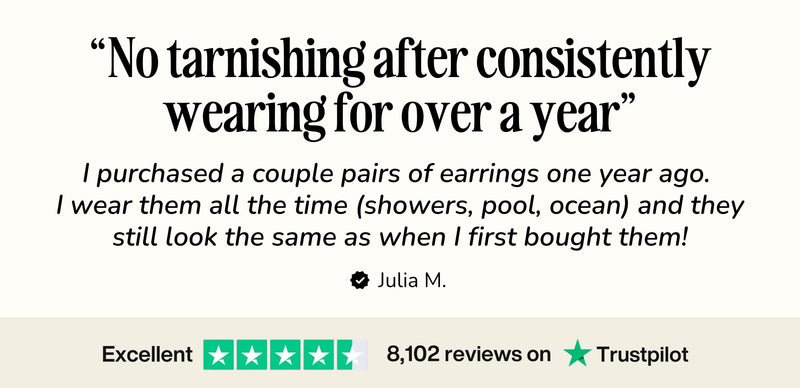







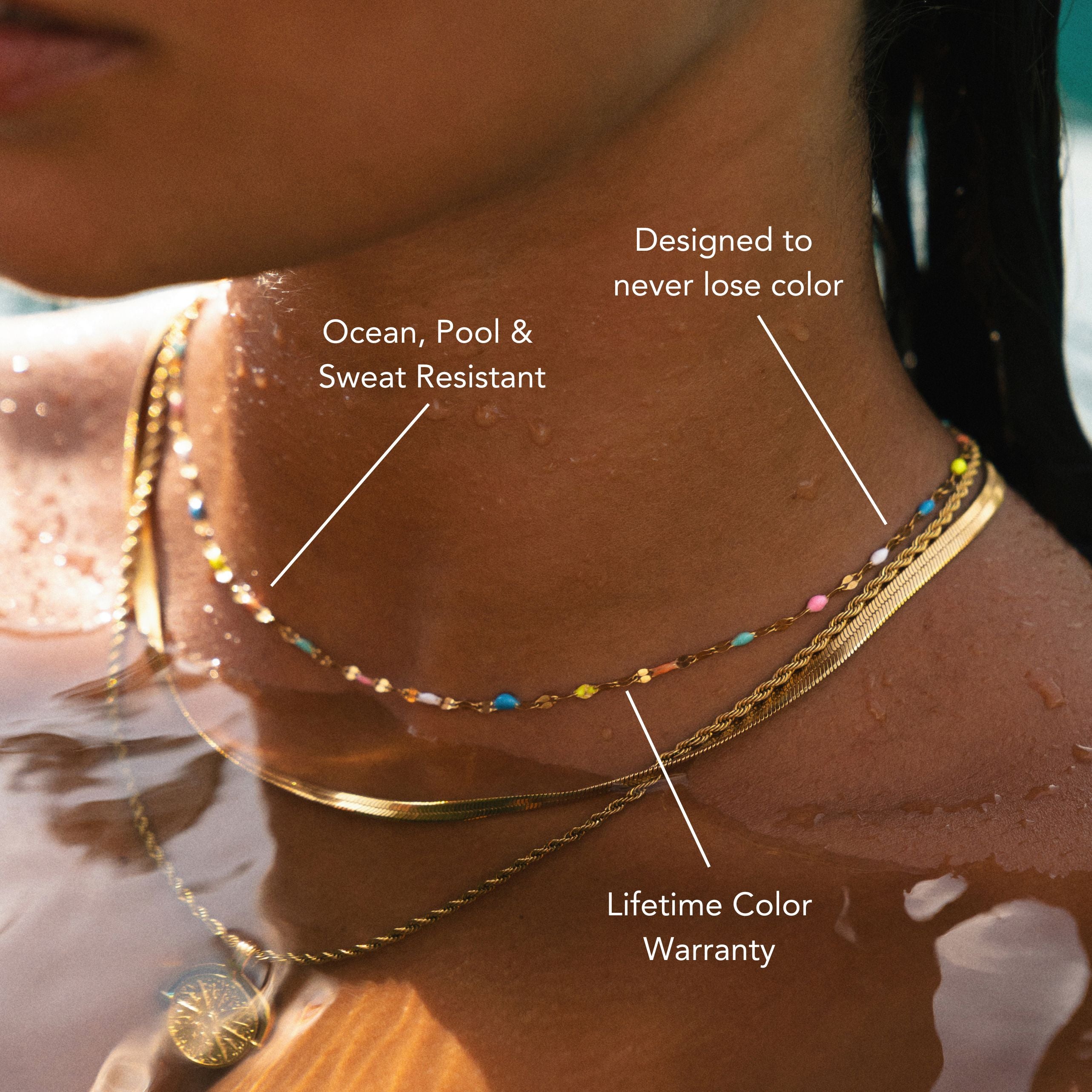
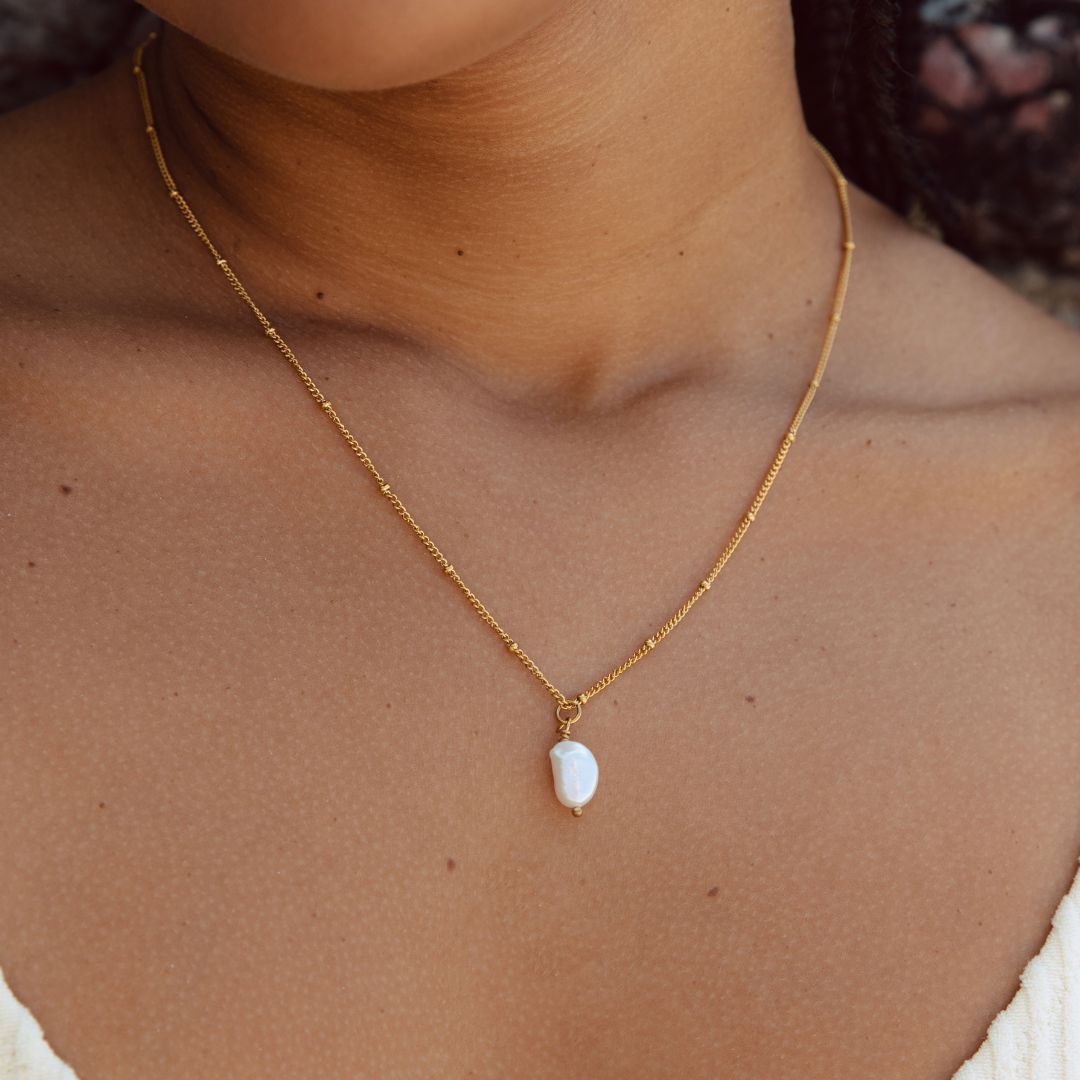

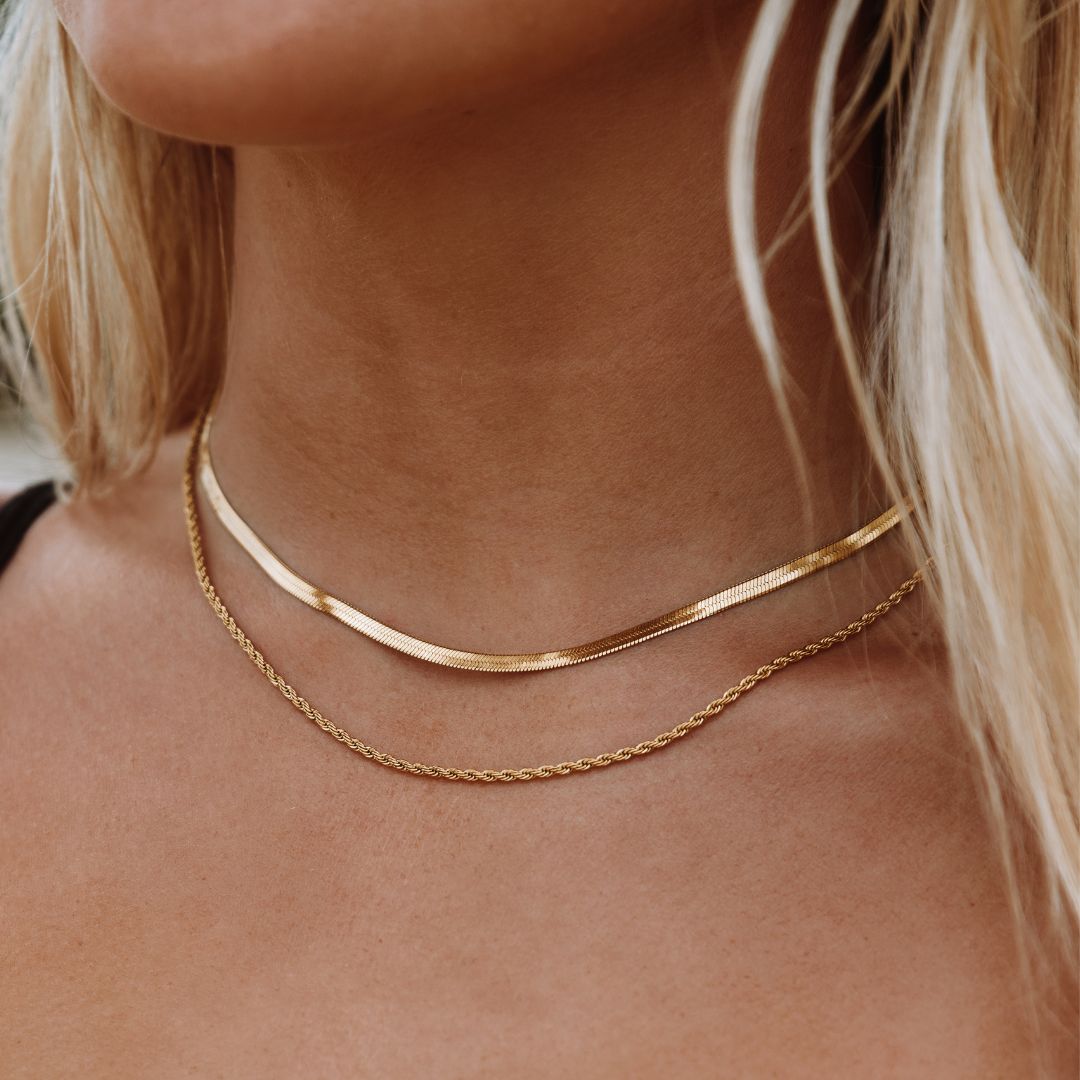





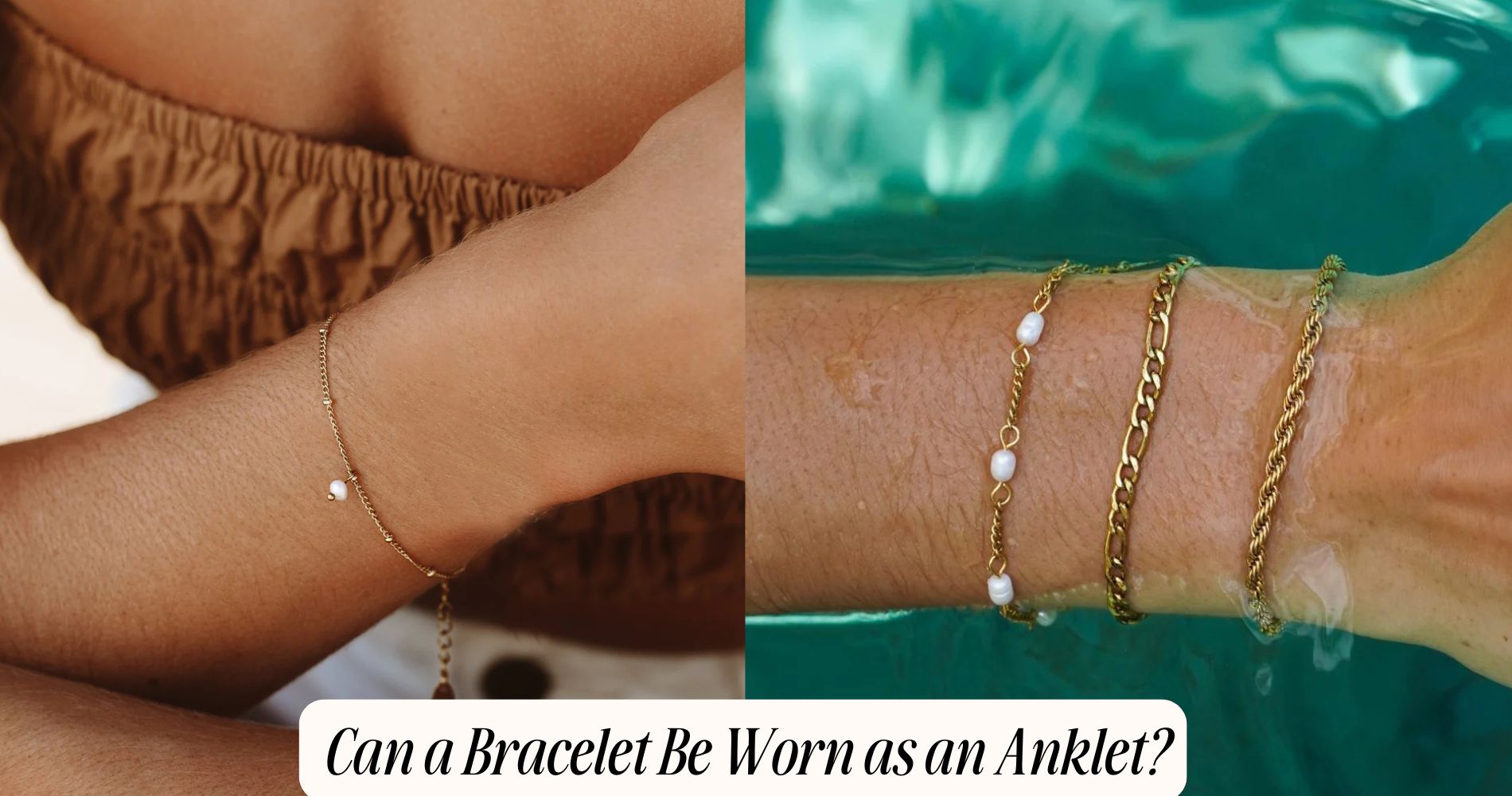





Leave a comment
This site is protected by hCaptcha and the hCaptcha Privacy Policy and Terms of Service apply.